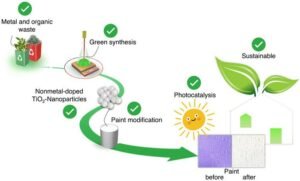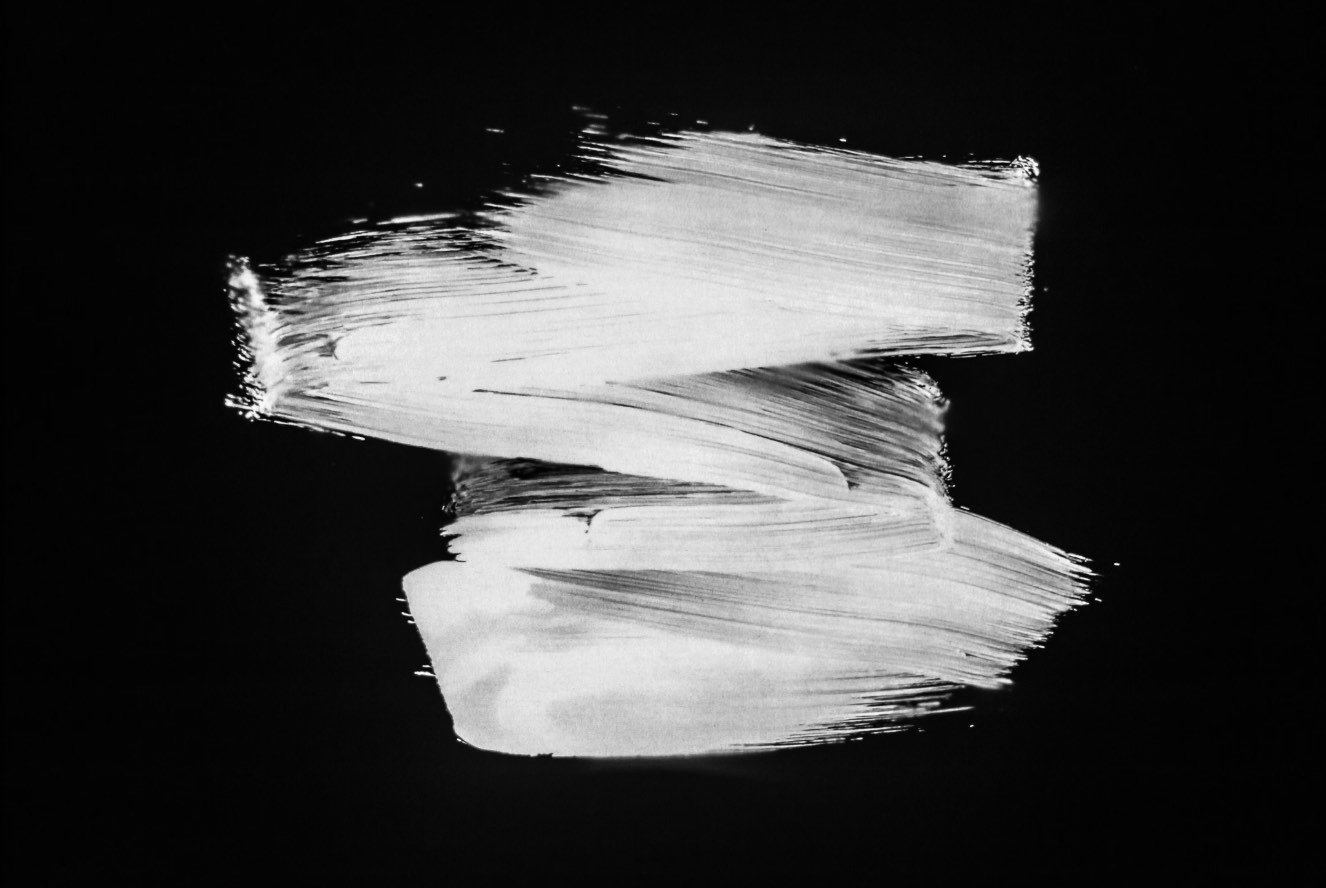A team of researchers from the Vienna Institute of Technology (known locally as Tu Wien) have created a new type of self-cleaning white paint that never loses its white color and also cleans the air. Powered by ordinary sunlight, the potentially revolutionary wall coating is also made with recycled materials and organic waste, making it commercially viable and sustainable.
Anyone with walls that are painted white knows that, over time, its bright, clean color is bound to fade. The culprit is almost always substances in the air that attach themselves and accumulate on wall surfaces. While some of this can be attributed to industrial pollution, things like hygiene products and cleaning agents can combine with molecules produced by everyday cooking to rob white walls of their bright, clean appearance.
In hopes of creating a new white paint that is able to keep itself clean without losing its original appearance, the Tu Wien research team turned to the world of nanoparticles. The result, they say, is a wall coating that is self-cleaning, cheap, and easy to produce, keeps the air clean, and retains its white color almost indefinitely.
Customized Nanoparticles and Ordinary Sunlight Power Self-Cleaning White Paint
In their published study, Professor Günther Rupprechter from the Institute of Materials Chemistry at TU Wien and colleagues explain that the key to their fade-resistant, self-cleaning white paint lies in the addition of titanium oxide nanoparticles. When applied in the right quantities and combinations, these nanoparticles can create a protective layer on top of the paint that uses light energy to break down the unwanted pollutants that accumulate on its surface.
Previous attempts to build a self-cleaning white paint using titanium oxide nanoparticles have been met with some success. However, those efforts resulted in paint that needed to be periodically exposed to powerful UV light to activate the self-cleaning process. This led the Tu Wien researchers to wonder if a new type of paint could be engineered that doesn’t need UV light, but instead can work when exposed to everyday sunlight.
“Our goal was, therefore, to modify these particles in such a way that the photocatalytic effect can also be induced by ordinary sunlight,” explains Rupprechter in a press release.
The researchers also faced a second challenge. The titanium oxide particles that could break down accumulated pollutants tended to do the same to the organic paint. The result was a layer of nanoparticles that simultaneously protected the paint from pollutants but also caused cracking and weathering. Still, they hoped that using ordinary sunlight instead of powerful UV lights would dramatically reduce this unwanted side effect.
Following some trial and error, the researchers found that the addition of certain key nanoparticles, including phosphorus, nitrogen, and carbon, to the original titanium oxide solution caused something incredible.
“The light frequencies that can be harvested by the particles change,” they explain, “and instead of just UV light, photocatalysis is then also triggered by ordinary visible light.”


In effect, they had created a layer of nanoparticles that used ordinary light to clear away accumulated pollutants, resulting in a self-cleaning white paint that stayed permanently white. According to the paint’s inventors, their paint accomplishes this seemingly impossible task by binding and clearing away roughly 96% of accumulated pollutants.
“96% of the pollutants could be degraded by natural sunlight,” they explain. “The color itself does not change – because the pollutants are not only bound but also broken down with the help of sunlight.”
As they had also hoped, the new process, thanks to the use of ordinary sunlight, had a negligible effect on the degradation of the original paint.
Nanoparticles Harvested from Waste Increase Commercial Potential
Along with the obvious benefits of self-cleaning white paint, the researchers behind the novel coating say their creation is surprisingly sustainable. That’s because the method they used for their laboratory version utilized simple organic waste and material waste while avoiding pricey precious metals often used in commercial-grade photocatalysis.
“In catalysis, for example, precious metals such as platinum or gold are used. In our case, however, elements that are readily available from everywhere are sufficient,” says Rupprechter. “To obtain phosphorus, nitrogen, and carbon, we have used dried fallen leaves from olive trees, and the titanium for the titanium oxide nanoparticles was obtained from metal waste, which is normally simply thrown away,”
Next, the researchers say they are conducting more experiments to perfect the process further. They also plan to explore commercializing their self-cleaning white paint so everyone can benefit from it.
“We have now investigated this phenomenon in great detail using a variety of different surface and nanoparticle analysis methods,” says Qaisar Maqbool, the first author of the study. “In this way, we were able to show exactly how these particles behave, before and after they were added to the wall paint.”
Christopher Plain is a Science Fiction and Fantasy novelist and Head Science Writer at The Debrief. Follow and connect with him on X, learn about his books at plainfiction.com, or email him directly at christopher@thedebrief.org.

